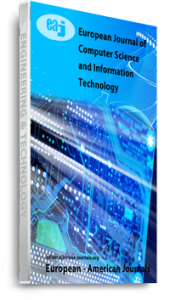Sensor fusion and multi-modal perception have evolved beyond simple data combination into dynamic, context-aware systems that fundamentally transform how robots understand their environment. Modern autonomous systems now actively adapt their sensing strategies based on environmental conditions, sensor health, and task requirements. By integrating data from cameras, LiDAR, radar, and inertial measurement units, these systems achieve robust performance even when individual sensors encounter their worst-case scenarios. The evolution of deep learning-based fusion architectures addresses critical challenges in temporal synchronization, drift compensation, and environmental adaptation through dynamic sensor weighting and real-time calibration adjustment. Through edge computing and distributed processing, these innovations enable reliable operation across industrial automation, autonomous navigation, and object tracking applications. The shift from static to dynamic fusion strategies represents a crucial advance in making autonomous systems practical for real-world deployment.
Keywords: autonomous navigation, edge computing, environmental adaptation, multi-modal perception, sensor fusion

